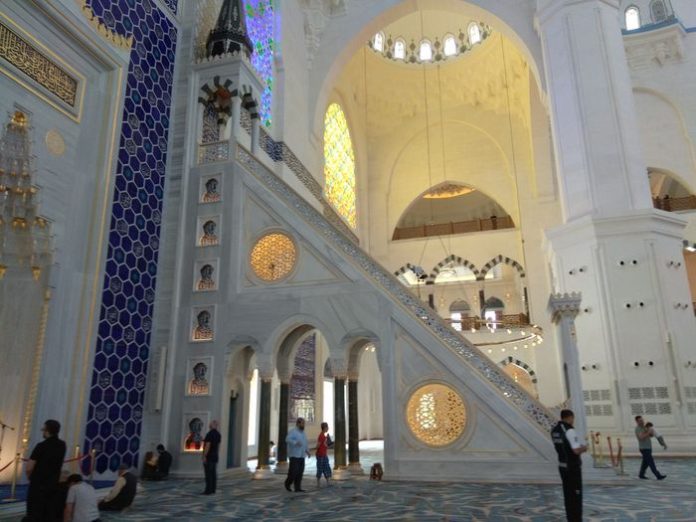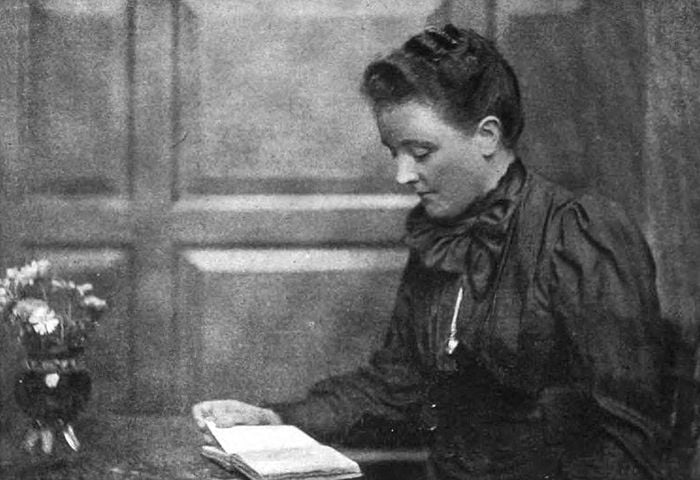Turkish Graveyard Traditions through the Ages
Evolution of Tombstone Art
The tradition of planting gravestones in Turkish graveyards dates back to ancient times. Initially serving the practical purpose of marking grave locations with flat and high stones, gravestones evolved into symbolic artworks. Animal figures and Chinese motifs adorned these tombstones, gaining figurative significance over time. This tradition laid the foundation for Ottoman tombstones.
Gokturk Era Birth of Grave Statues
During the Gokturk era, grave statues emerged, featuring distinctive headgear, arches, and accessories. With the influence of Islamic beliefs during the Ottoman era, these statues transitioned into abstract forms. While headgear and objects adorned the tombstones, hands and feet were often understated.
Ottoman Grave Classification
Ottomans designated their tombstones as “sahide.” Each grave had two sahides – the head sahide and the foot sahide. The head sahide bore the epitaph, while the foot sahide showcased decorative engravings. The most general categorization of Ottoman tombstones includes male and female variations.
Symbolism in Female Tombstones: Roses and Tulips
Female tombstones often lacked headgear but featured elaborate ornaments, predominantly floral. These decorations included roses, tulips, carnations, hyacinths, violets, and sprays. The prevalence of flower motifs aimed to symbolize the eternal resting places of loved ones as gardens of Eden. The rose, symbolizing Prophet Muhammad, was engraved on tombstones to signify closeness to him in the afterlife. Tulips represented the unity of Allah Read More about Preserving Troy’s Heritage, signifying oneness through their singular stem and flower. Carnations symbolized sorrow, while violets conveyed modesty.
Interweaving Symbolism with Islamic Interpretations
The tulip, resembling the Arabic letter “elif” at the start of “Allah Tour Guide Turkey,” holds special significance, as both “Allah” and “tulip” share the same numerical value in Arabic. Consequently, the tulip is revered as a holy flower, embodying Allah’s creativity and aesthetic beauty. Each flower on Ottoman tombstones intertwines symbolism with Islamic interpretations, creating a rich tapestry of cultural and spiritual significance.







